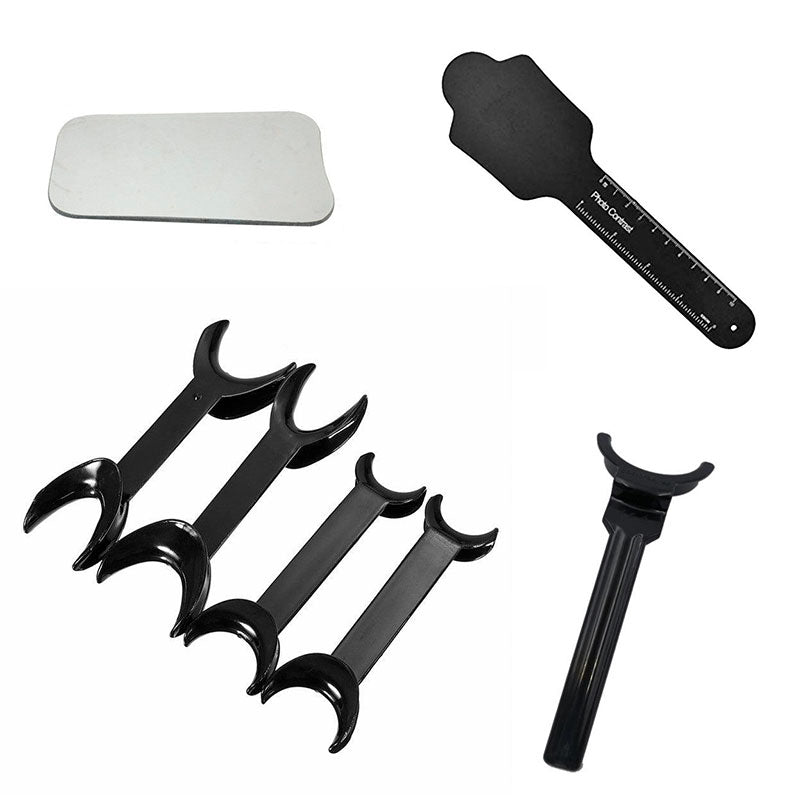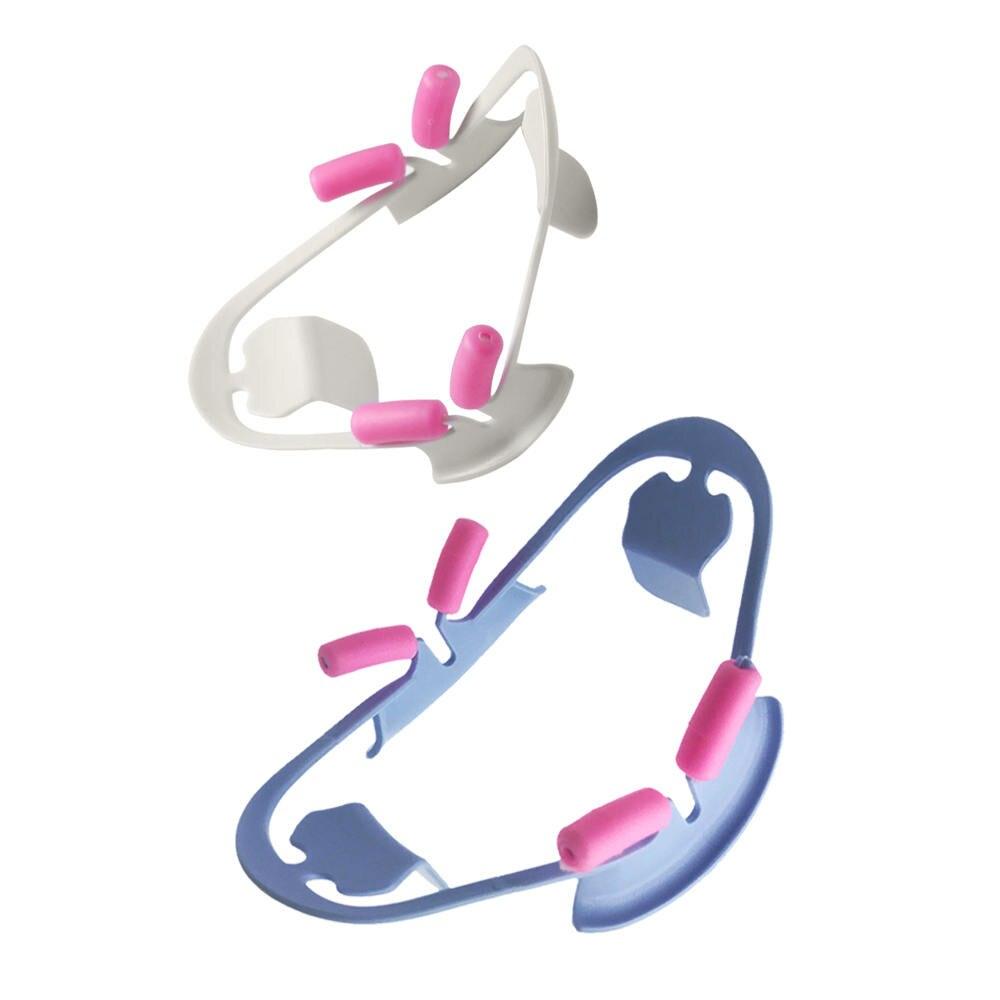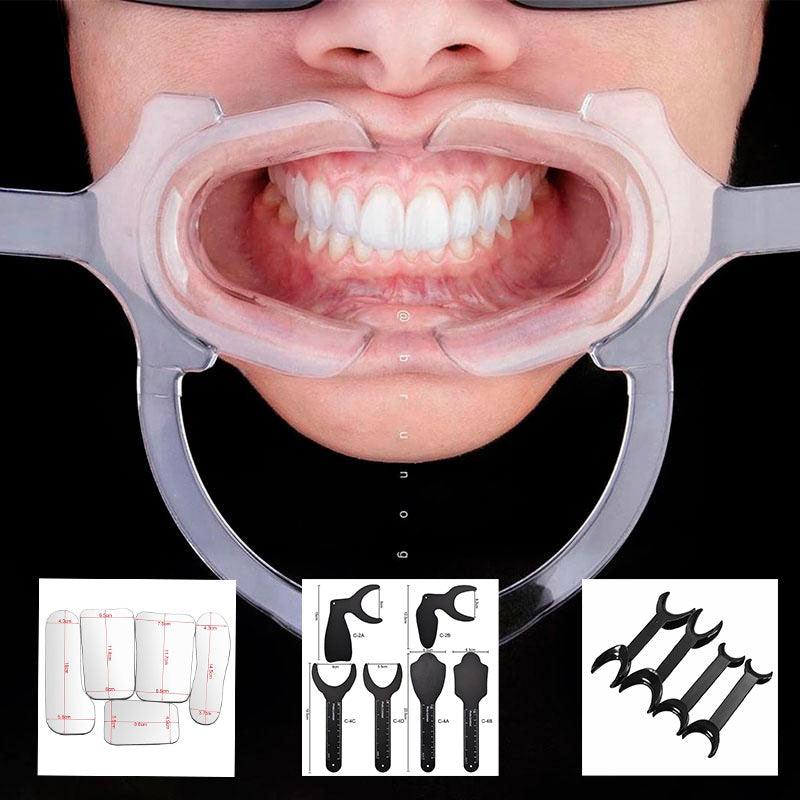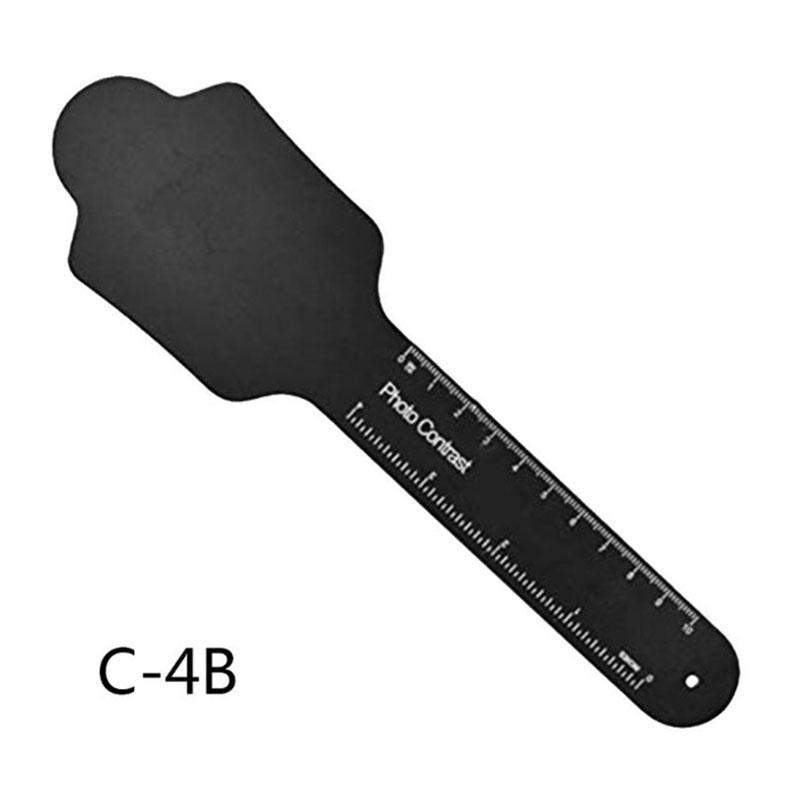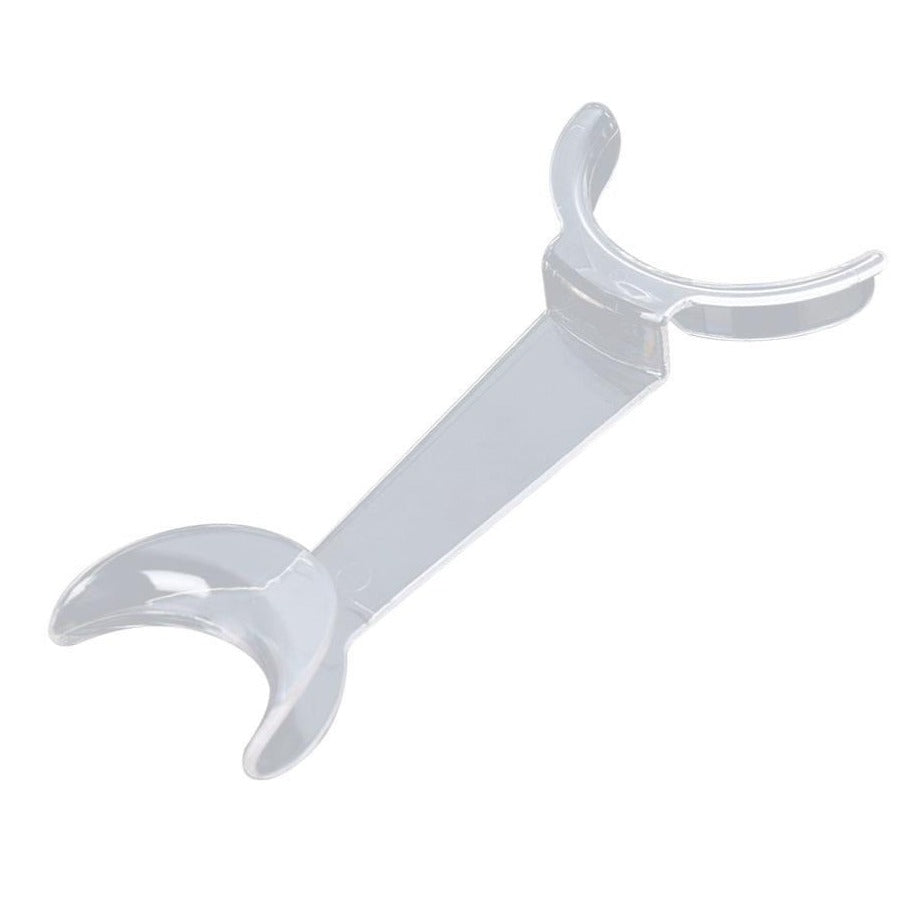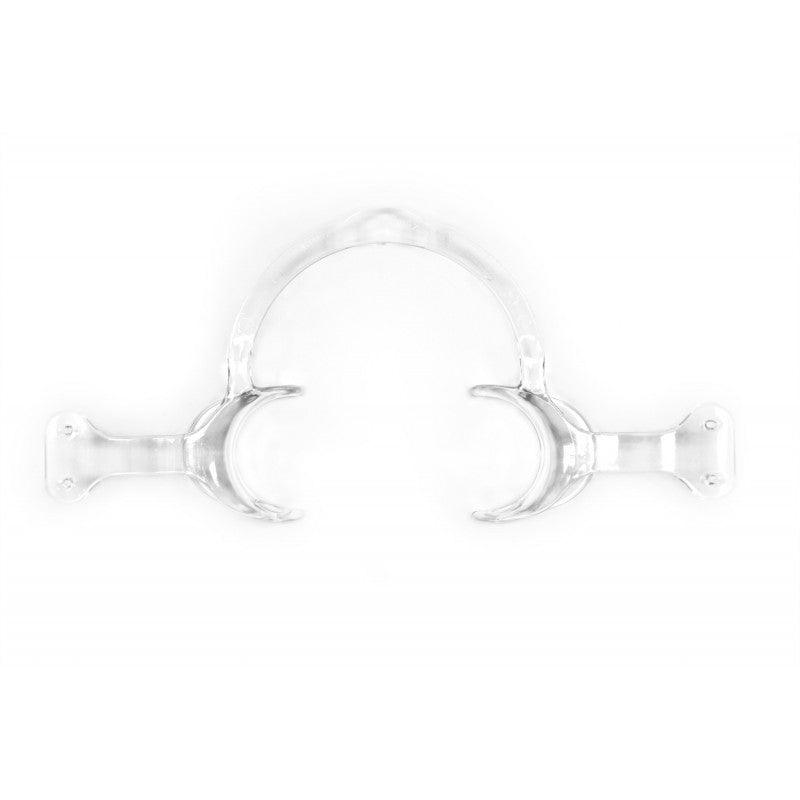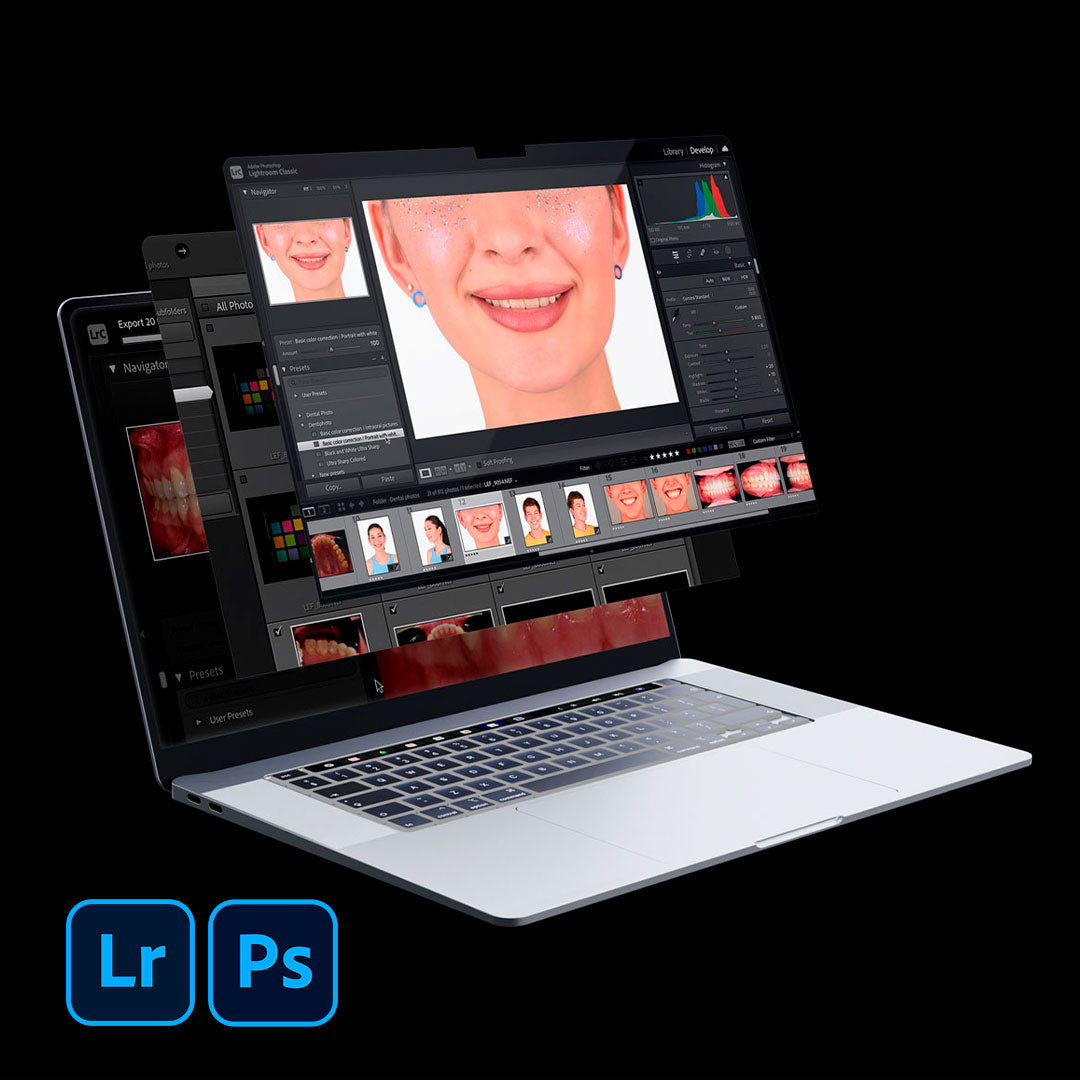Choosing a Camera
For dental photography, it is recommended to use digital single-lens reflex (DSLR) cameras or mirrorless cameras capable of shooting in high resolution. Important features include sensor resolution (at least 16 megapixels), the ability to shoot in RAW format for post-processing, and the ability to connect external flashes and lenses. The brand is not crucial.
If you are a beginner, choose a camera based on your budget, ease of use, or reviews and feedback on different brands and models. It is not necessary to be an expert in camera equipment, but it is preferable to choose a well-known manufacturer: Nikon, Canon, Sony, or Fujifilm.
Crop-sensor cameras will suffice; consider models like Nikon D90, D7100, and D3400, Canon 70D, 60D, EOS 600D, and similar ones.
Choosing a Flash
Another essential element is the flash. The optimal choice is a ring flash, which distributes light softly throughout the oral cavity. Ring flashes are very convenient for intraoral photos during surgical procedures due to their precise light direction.
Bipolar flashes are useful for determining tooth color for dental technicians. When using polarizing filters on a bipolar flash, the light envelops the entire oral cavity and reduces glare on tooth enamel due to the ability to adjust the flash’s angle.
It is not necessary to buy a flash of the same brand as the camera. You can find excellent alternatives at a lower cost without compromising quality. For example, Yongnuo flashes are available in both ring and bipolar types. To attach such a flash to your camera lens, you only need an adapter ring. Another great option is Godox flashes.
Both ring and bipolar flashes can be easily combined with studio strobe lights for portrait photography. If you decide not to buy a separate flash but use the built-in one, purchase a diffuser to avoid hotspots and dark areas.
Essential Accessories
Do not forget to purchase accessories: spare batteries for the camera and flash (it is better to have two sets, so one is always charged), memory cards (preferably more than one). Besides camera accessories, you will need tools for dental photography: retractors, contrastors, lateral and occlusal mirrors. We also recommend acquiring polarizing filters and a gray card for color determination. You can read about all these accessories in our other articles.
Conclusion
When choosing equipment for dental photography, it is essential to consider your needs and the equipment’s capabilities. Consult with professionals and select equipment that best suits your goals and tasks.





